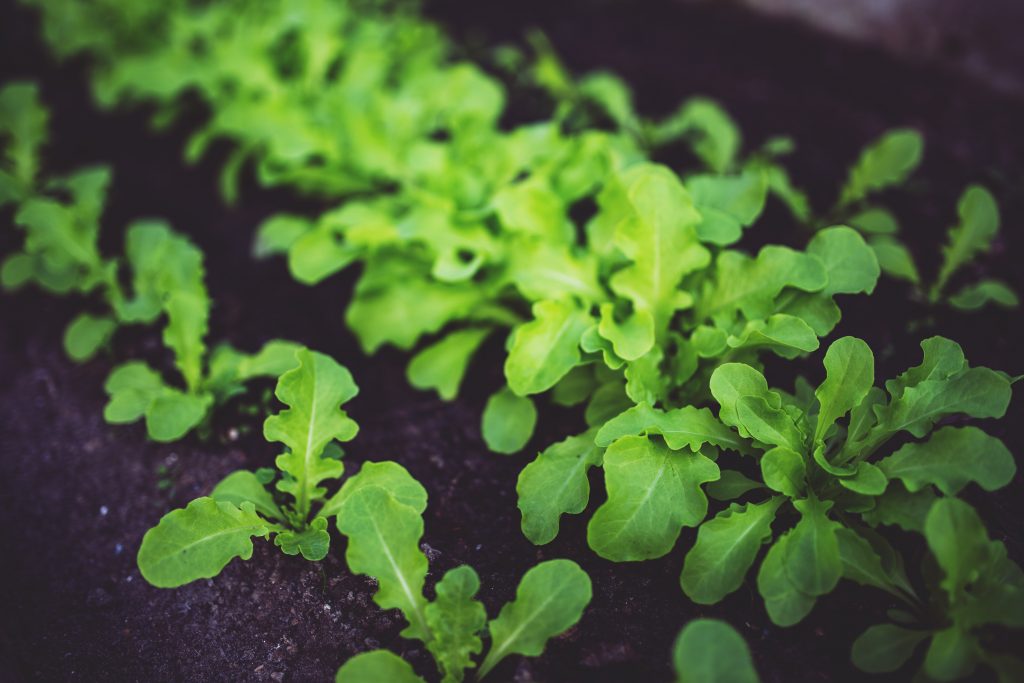
I’m rushing to set up my grow shelves and get going with seed starting this year. I came down with another illness over a week ago and it hit me hard. The second time this winter! And it was a nasty bug that left me unable to move from the couch. I spent my time laid up thinking about how I was running behind with all my seed starting activities. As soon as I felt better, I began an inventory of my seeds and ordered seed starting mix.
I also decided to invest in a whole new seed starting tool this year: a soil blocker.
I’m tired of buying crappy pots and DIY vessels to start seeds. Even when I locate a good deal, it always seems insane to spend money on containers that are difficult to sanitize and keep looking like new. I abhor having to re-pot tiny seedlings into bigger pots, too. In my quest to simplify the process, I decided to experiment with something new — soil blocks.
What are soil blocks?
Instead of filling pots and containers with soil mix, soil blocking involves a metal press-like tool that compresses wet dirt into manageable, uniform clods. Plant seed directly into the cube and never have to deal with pots again!
Soil blockers are available in multiple sizes, and it’s possible to pot a smaller soil cube onto a larger one. A significant advantage of this seed-starting method, though, is that plants are much more unlikely to become root-bound than their potted counterparts.
A breakdown of soil block advantages
Soil blocking certainly involves some up-front costs. I spent about $40 for a metal blocker that will create blocks of 2-inches by 2-inches. I intend to purchase another block to make 4-inch by 4-inch blocks, as well. You’ll also need trays to house your finished soil block seedlings—this is something I already have. If you need a quick, cheap solution, head to the Dollar Store and grab some inexpensive baking sheet packs to house your blocks. Once you’ve purchased these supplies, however, the only renewable costs involved are seed and soil mix. Here’s why I’ve decided to switch to this method:
- No more pots. They’re costly and aren’t always re-usable. Quality varies significantly, and for those with limited storage space, they take up a whole lot of room. No more time is wasted sanitizing pots each winter in preparation for seed starting.
- Quick and efficient. Making blocks is easy and a lot less time consuming than filling small awkward-shaped pots.
- No-fuss transplanting. Potting up is a pain in the butt with containers but with soil blocks, it’s incredibly straightforward. Moving plants into the garden is similarly easy. Plants are a lot hardier and since they’re never removed from their containers, they experience far less transplant shock than potted seedlings.
- Space-saving. In previous years, the cheapest pots I could find were round in shape, and it was difficult to make efficient use of my shelving space. Soil blocks don’t take up as much space.
- Healthy, strong starts. Plants never become root-bound and roots are much healthier than with plants left in pots. Far less handling and moving around during the seed starting process produces robust seedlings.
I’m looking forward to sharing my progress with soil blocks this season! Here’s hoping it goes smoothly.

Steph Coelho is a freelance writer gardening in zone 5b. She is a certified Square Foot Gardener and has taught various garden-related workshops. When she’s not digging in the dirt or writing, she’s cooking up fresh produce, running, or listening to her favorite podcasts.
Leave a Reply